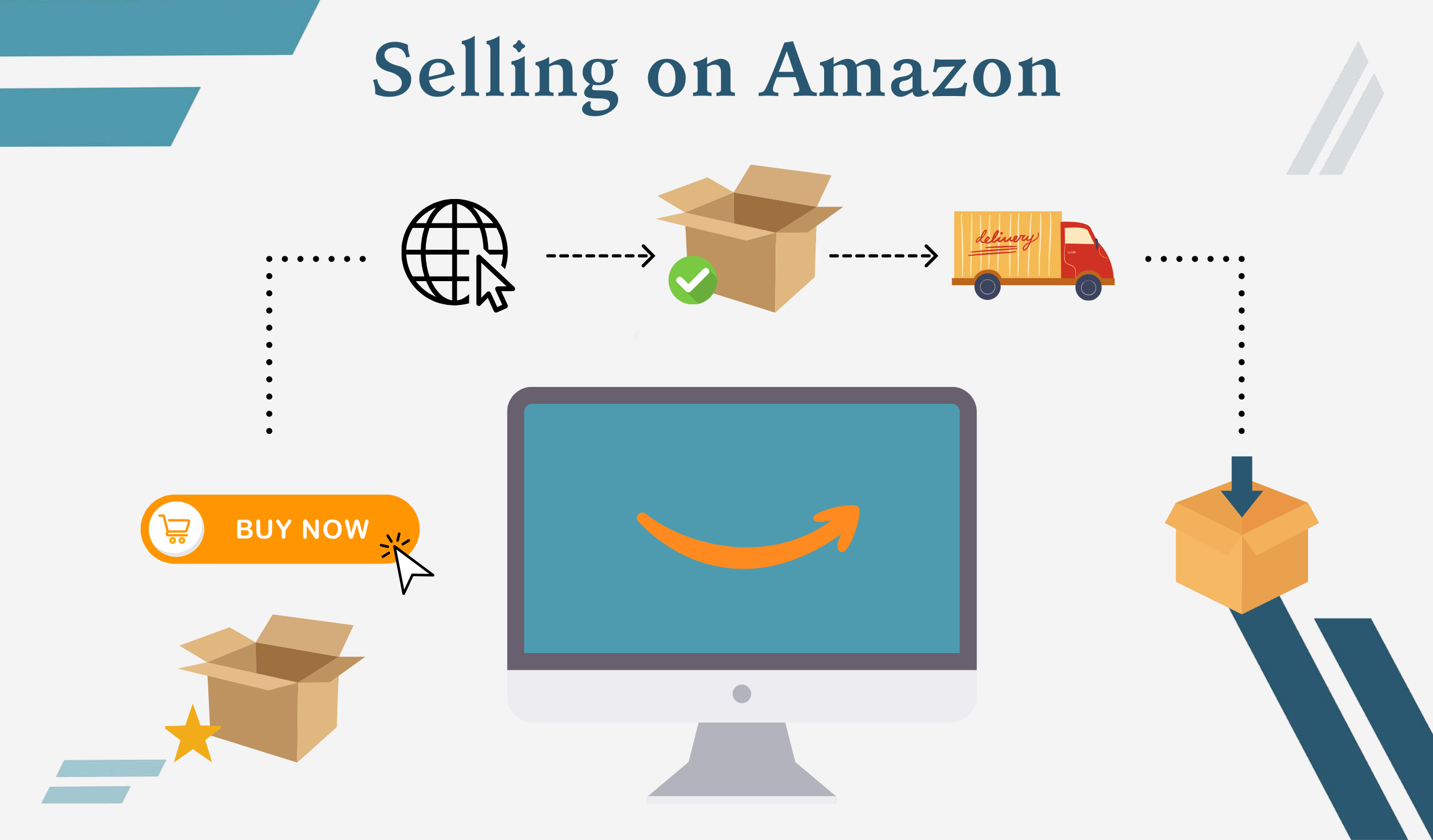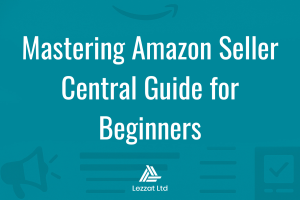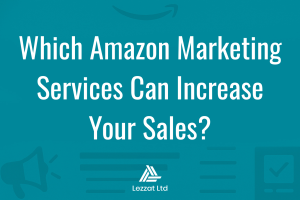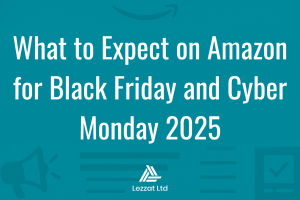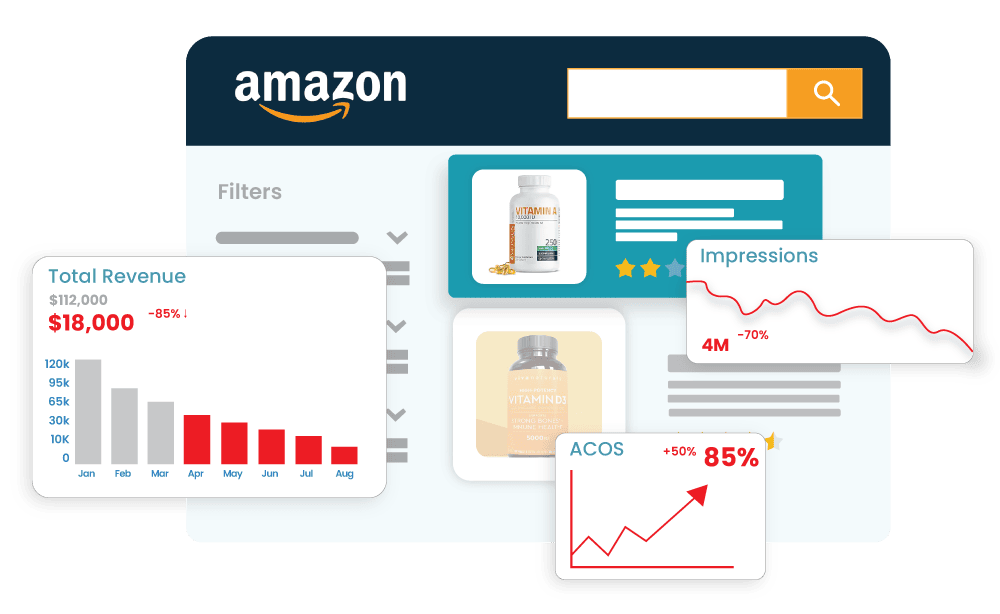Amazon is known to be a very powerful platform for sellers to reach millions of customers worldwide, offering vast visibility and potential for growth. With the best tools and resources like Fulfilment by Amazon (FBA), Prime eligibility, and robust advertising options, sellers can streamline operations, enhance customer experience, and maximise sales. Selling on Amazon is no easy feat, but with the right guidance, anyone can become a successful seller.
How to Sell on Amazon?
Below are simple steps that you can follow to begin selling on Amazon. With patience and determination, you’ll be on your way to a successful launch on the world’s largest e-commerce platform.
1. Choose Your Business Mode
Amazon has several business models. Each comes with its own set of advantages and challenges, so it’s crucial to carefully evaluate your options before diving in.
● Retail Arbitrage
Retail arbitrage works by sourcing products from retail stores and reselling them on Amazon for a profit. This model requires scouting for discounted or clearance items that have potential for resale at a higher price on Amazon. While retail arbitrage can be relatively low-cost to start and offers flexibility in product selection, it also requires time and effort to find profitable deals consistently.
● Online Arbitrage
Similar to retail arbitrage, online arbitrage involves sourcing products from online retailers or marketplaces at a lower price and reselling them on Amazon. This model leverages online deals and promotions to find profitable products for resale. Online arbitrage offers scalability and the ability to source products from a wider range of suppliers, but it also requires careful monitoring of pricing fluctuations and competition.
● Dropshipping
Dropshipping entails selling products without holding inventory, as the supplier fulfils orders directly to customers. Sellers list products on Amazon and forward customer orders to the supplier, who ships the products on behalf of the seller. Dropshipping eliminates the need for inventory management and upfront investment in stock, but it also comes with lower profit margins and potential challenges with product quality and fulfilment times.
● Manufacturers and Wholesalers
Working directly with manufacturers or wholesalers involves sourcing products in bulk at wholesale prices and selling them on Amazon at a markup. This model offers higher profit margins and greater control over product quality and branding. However, it requires upfront investment in inventory and may involve more logistical complexities, such as storage and fulfilment .
● Private Label
Private label involves creating your own brand and selling products under your brand name on Amazon. This model offers the opportunity for brand differentiation, higher profit margins, and long-term scalability. Sellers typically work with manufacturers to create custom-branded products tailored to their specifications. Private Label requires investment in product development, branding, and marketing, but it offers the potential for building a sustainable and profitable brand on Amazon.
The best business model for selling on Amazon depends on your resources, goals, and level of commitment. Carefully consider your options and understand the pros and cons of each model, so you can make an informed decision.
2. Find Products
Decide on the products you want to sell and source them from reputable suppliers or manufacturers. Begin by researching market trends, competition, and customer demand to identify profitable product opportunities. Consider factors such as product quality, pricing, and profit margins when selecting your inventory. You can choose to sell existing products or create your own unique brand through private labelling or product customisation.
Tip: Tried and Tested Successful Categories
Here are some categories that consistently perform well on Amazon. However, for some of them, Amazon demands more requirements, making it difficult to enter.
● Health and Personal Care
● Home and Kitchen
● Electronics and Accessories
● Apparel and Accessories
● Toys and Games
● Pet Supplies

3. Create Your Seller Account
Once you have selected a product to sell, you’ll need to create a seller account. Go to the Amazon Seller Central website and register as a seller. Choose between an Individual or Professional account based on your selling volume and business needs. Provide the necessary information, including your business details, contact information, and bank account for payment deposits. Once your account is set up, you can begin listing products and managing your seller dashboard.
The Individual Selling Plan and the Professional Selling Plan on Amazon each have different fee structures tailored to sellers’ needs and sales volume.
● Individual Selling Plan
Cost: £0.75 per item sold, plus additional selling fees (such as referral fees and closing fees) depending on the category
Suitable for: Sellers who are selling fewer than 40 items per month
Benefits: No monthly subscription fee, making it a cost-effective option for sellers with low sales volume
● Professional Selling Plan
Cost: £25 (excl. VAT) per month
Suitable for: High-volume sellers or those selling more than 40 items per month
Benefits: Unlimited selling, access to additional tools and features (such as bulk listing and inventory management), and eligibility for Amazon’s Fulfilled by Amazon (FBA) programme
4. Choose Your Fulfilment Method
Amazon offers two primary fulfilment options: Fulfilment by Amazon (FBA) and Merchant Fulfilled Network (MFN). Here’s a closer look at each method.
● Fulfilment by Amazon (FBA)
FBA is a comprehensive fulfilment solution where sellers send their products to Amazon’s fulfilment centres, and Amazon handles storage, packing, shipping, and customer service on their behalf. This means that once the inventory is sent to Amazon, sellers can focus on other aspects of their business, such as sourcing products and marketing, while Amazon takes care of order fulfilment .
● Merchant Fulfilled Network (MFN)
MFN, formerly known as FBM, is a fulfilment method where sellers are responsible for storing, packing, and shipping their products directly to customers. With MFN, sellers maintain full control over the fulfilment process and can customise packaging and branding to enhance the customer experience.
Tip: Why is FBA preferred by more sellers over MFN?
FBA is generally considered a more popular business model on Amazon compared to MFN. FBA offers sellers the convenience of outsourcing storage, packing, shipping, and customer service to Amazon’s fulfilment centers, resulting in faster shipping, Prime eligibility, and enhanced customer trust. FBA’s scalability, efficiency, and access to Prime customers make it the preferred choice for many Amazon sellers.
5. List Your Products
The method for listing your product varies depending on your business model and whether your products are already listed on Amazon. If your product is already listed, you simply need to create an offer for the item. In your Seller Central, go to the catalogue and search for the product. Then, add an offer.
On the other hand, if your product isn’t listed yet, you need to create a listing from scratch. Create compelling product titles, concise yet informative bullet points, and detailed product descriptions that highlight key features and benefits. You also need to make sure to use high-quality images that showcase your products from multiple angles and provide clear visuals for customers. To complete the listing, incorporate relevant keywords for discoverability and ranking.
What Are the Costs of Selling on Amazon?
Understanding the costs of selling on Amazon is crucial for any seller looking to maximise profits and navigate the complexities of the platform. While Amazon offers various selling plans and fee structures, sellers can expect to encounter expenses such as referral fees, fulfilment fees (for FBA), subscription fees (for Professional Selling Plan), and advertising costs. Additionally, sellers should factor in costs associated with product sourcing, shipping, and marketing.
To gain a deeper understanding of these costs and how to manage them effectively, I recommend reading our blog post dedicated to this topic. Explore the full article to learn valuable insights and strategies for optimising your selling journey on Amazon.

Amazon Seller Tips for Beginners
The following tips are helpful to help you kickstart your journey on Amazon as smoothly as possible.
- Use a Legitimate UPC Code
Acquiring a UPC (Universal Product Code) is a critical step for selling on Amazon. This unique identifier is a requirement for product listing and tracking across various platforms. To obtain a UPC, purchase directly from GS1, the official provider of UPCs, to ensure legitimacy and compliance with Amazon’s regulations. Avoid third-party sellers offering discounted or counterfeit codes, as they may lead to listing errors or account suspensions.
- Get Reviews
Securing reviews is crucial for new products launched on Amazon. It has been proven that positive and negative reviews influence the buyers’ purchase decisions. To garner reviews, encourage buyers to leave feedback through personalised follow-up emails after purchase. Prioritise delivering high-quality products and exceptional customer service to foster positive interactions and encourage organic reviews. Do not forget to follow Amazon’s policies and guidelines regarding soliciting reviews to maintain integrity and trustworthiness as a seller.
- Set Competitive Pricing
Price your products competitively to attract customers and remain competitive in the marketplace. Research competitors’ prices and adjust your pricing strategy accordingly. You also have to consider factors such as product costs, fees, shipping expenses, and desired profit margins when determining your pricing strategy. To stay competitive and maximise sales, regularly monitor pricing trends and adjust prices as needed.
- Promote Your Products
Utilise Amazon’s advertising tools and marketing strategies to promote your products and increase visibility. Sponsored Products, Sponsored Brands, and Sponsored Display ads allow sellers to target specific keywords, audiences, and products to reach potential customers. Optimise your advertising campaigns by testing different ad formats, targeting options, and bidding strategies to maximise return on investment (ROI) and drive sales.
- Monitor Performance and Adapt
Regularly monitor your sales performance, customer feedback, and key performance indicators (KPIs) to evaluate your progress and identify areas for improvement. Use Amazon Seller Central’s analytics tools and reports to track sales metrics, inventory levels, and customer metrics. Pay attention to customer reviews and feedback to address any issues or concerns promptly and enhance the customer experience. Adapt your strategies based on data-driven insights to optimise your selling approach and achieve long-term success on Amazon.
Starting your journey as a seller on Amazon can be a rewarding endeavour with the right knowledge and strategy. Leverage Amazon’s powerful platform and resources to establish a successful online business. The opportunities on Amazon are endless for those willing to learn, adapt, and innovate in the ever-evolving e-commerce landscape.
If you need tailored tips to start or grow your Amazon business, our team is here to guide you. We are a team of real Amazon sellers and experts at Lezzat who know what we do. Simply reach out or book a free consultation with us today.
Curious about the ins and outs of selecting the right Amazon marketing agency? Dive into our blog post for invaluable insights and expert advice to help you find the perfect marketing agency for you. Click here to read the full article!

